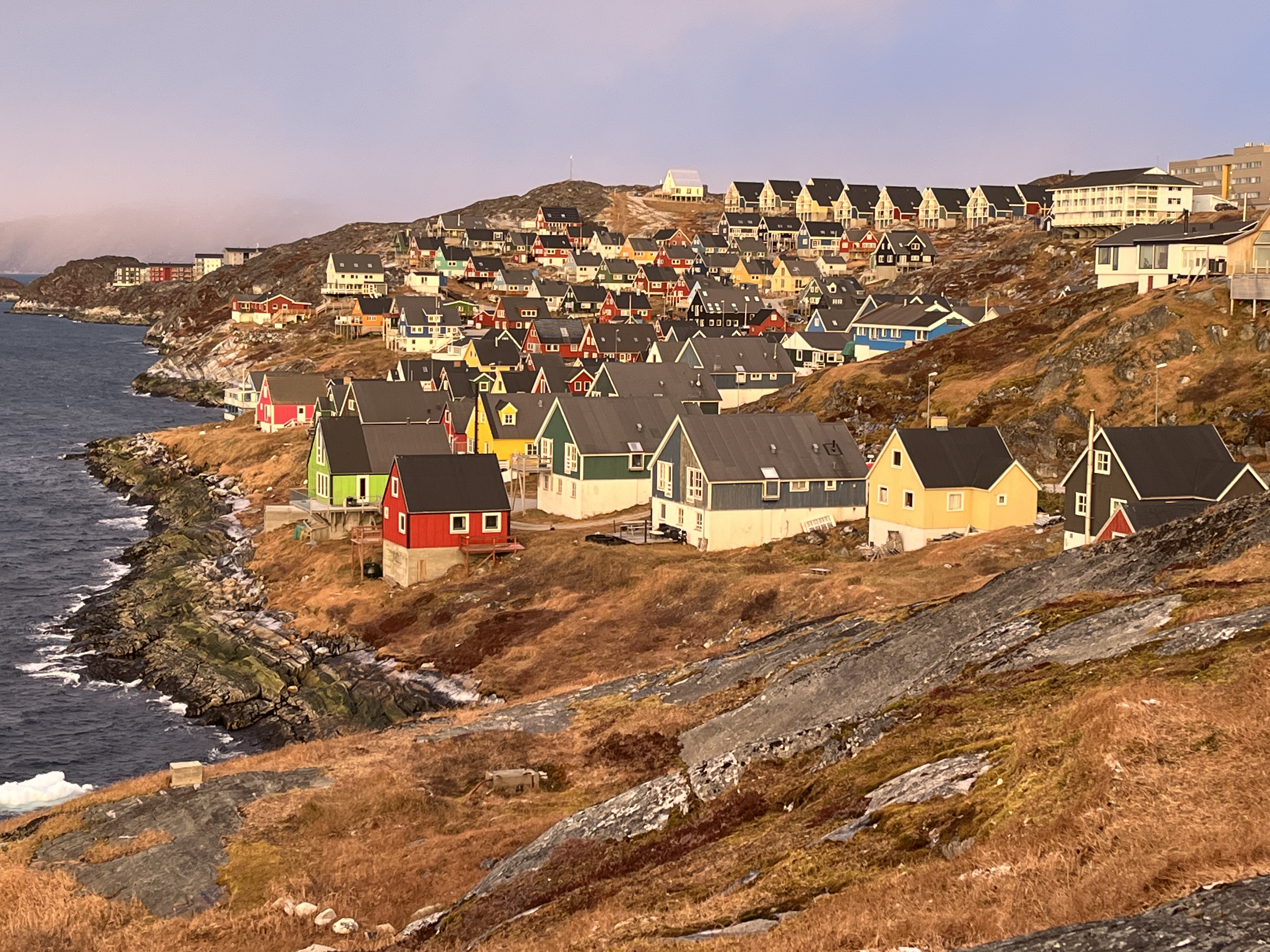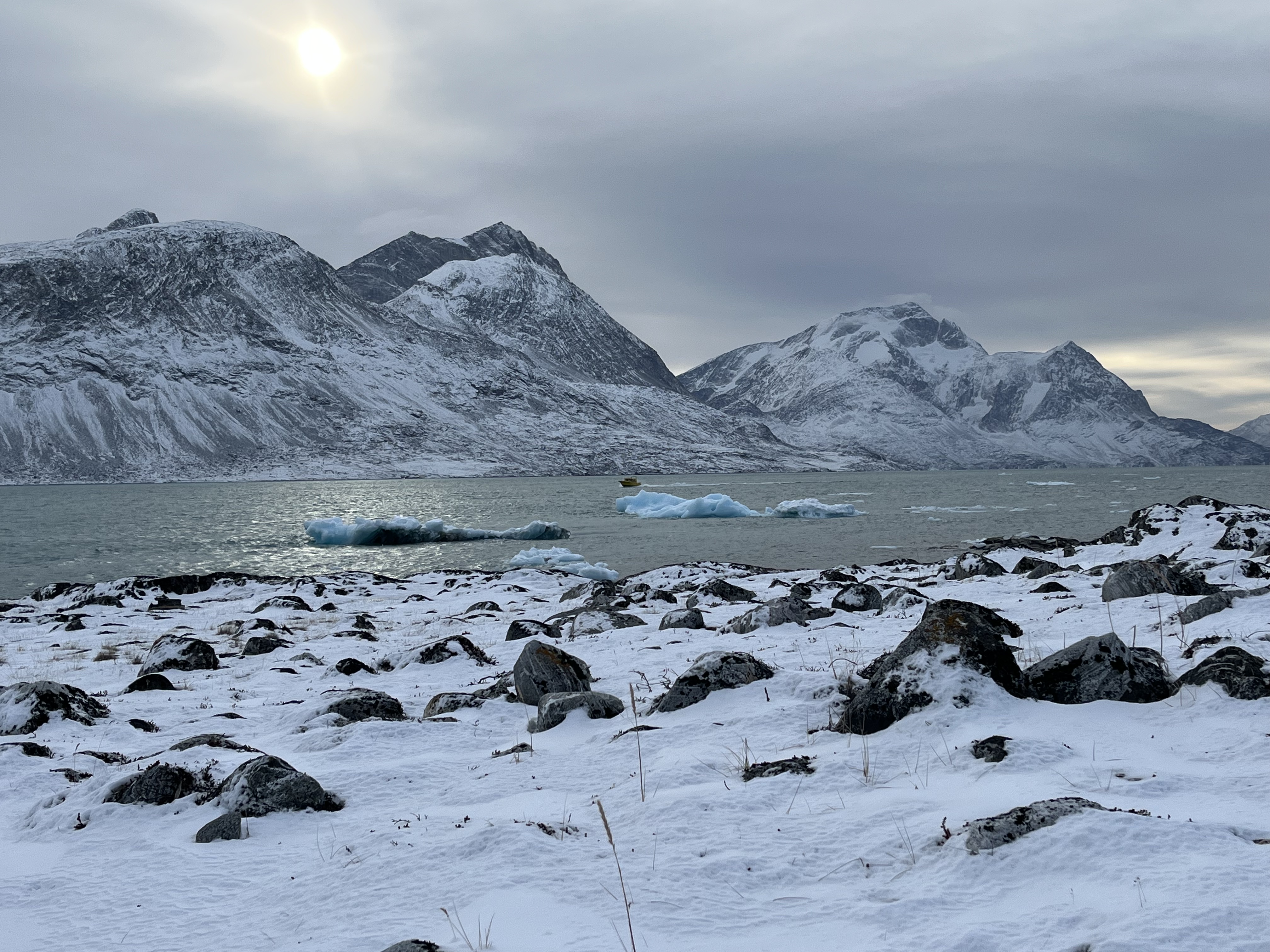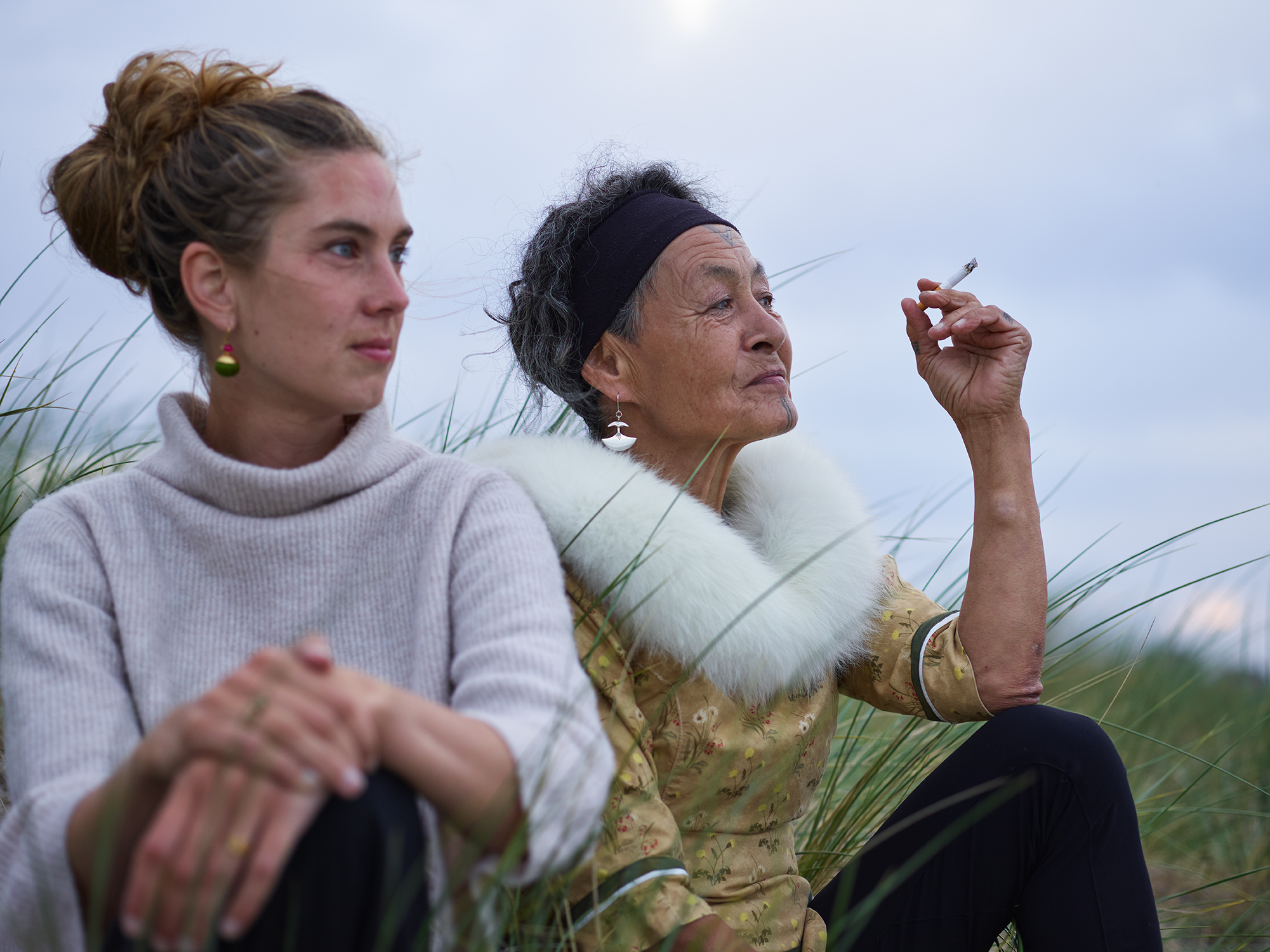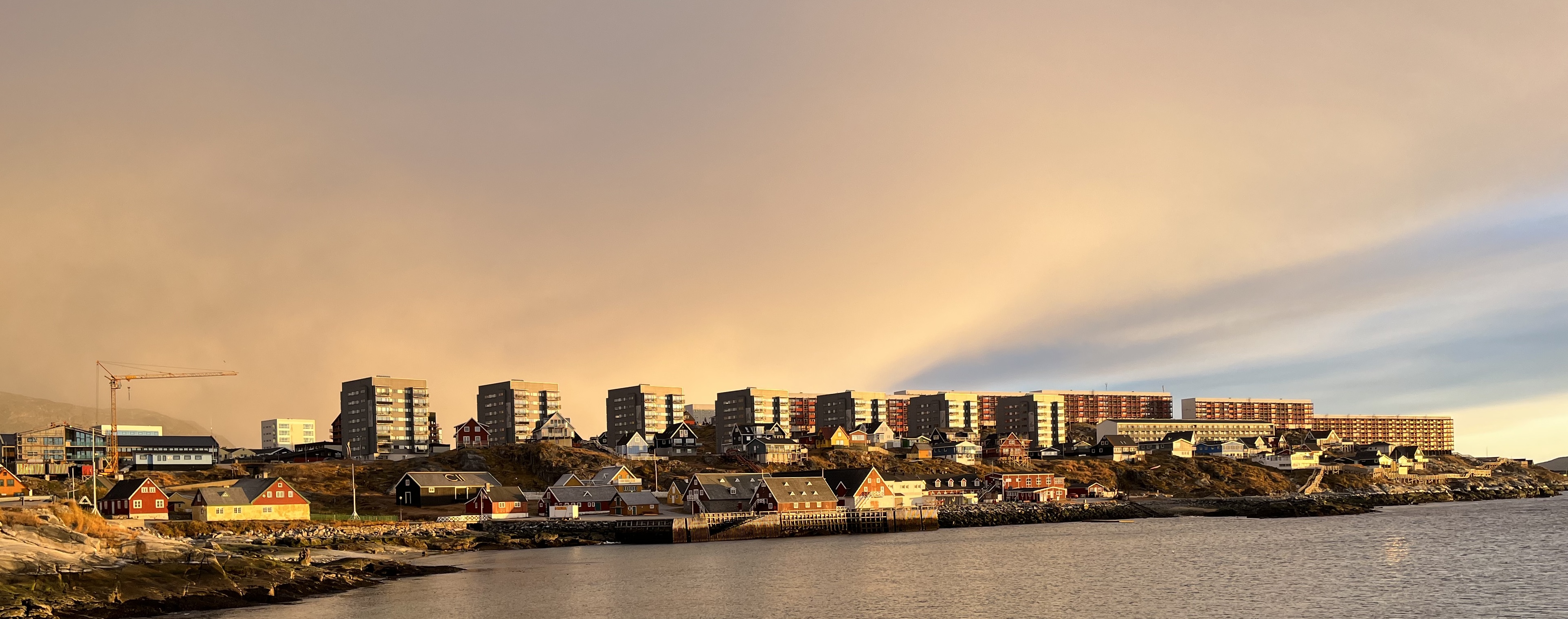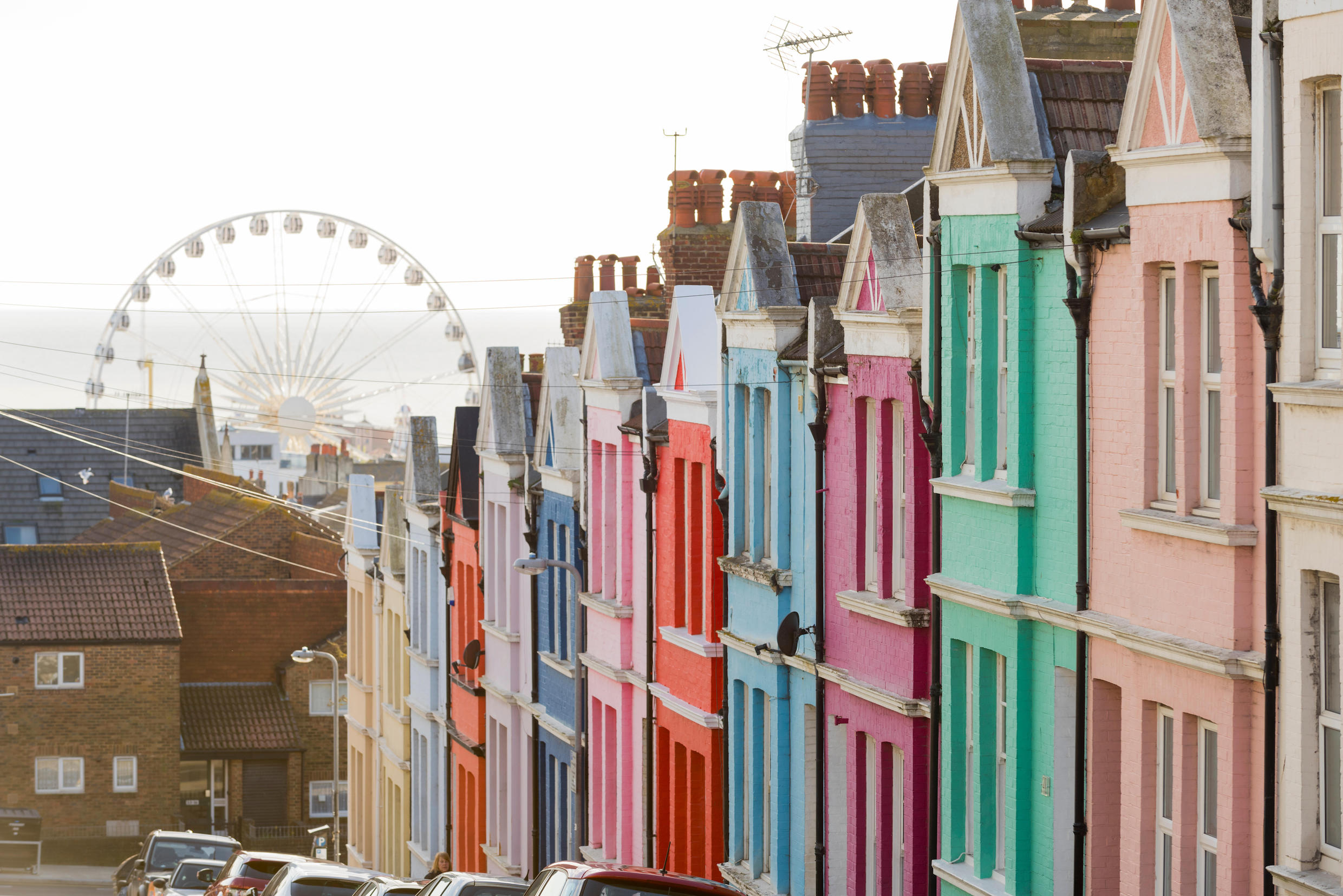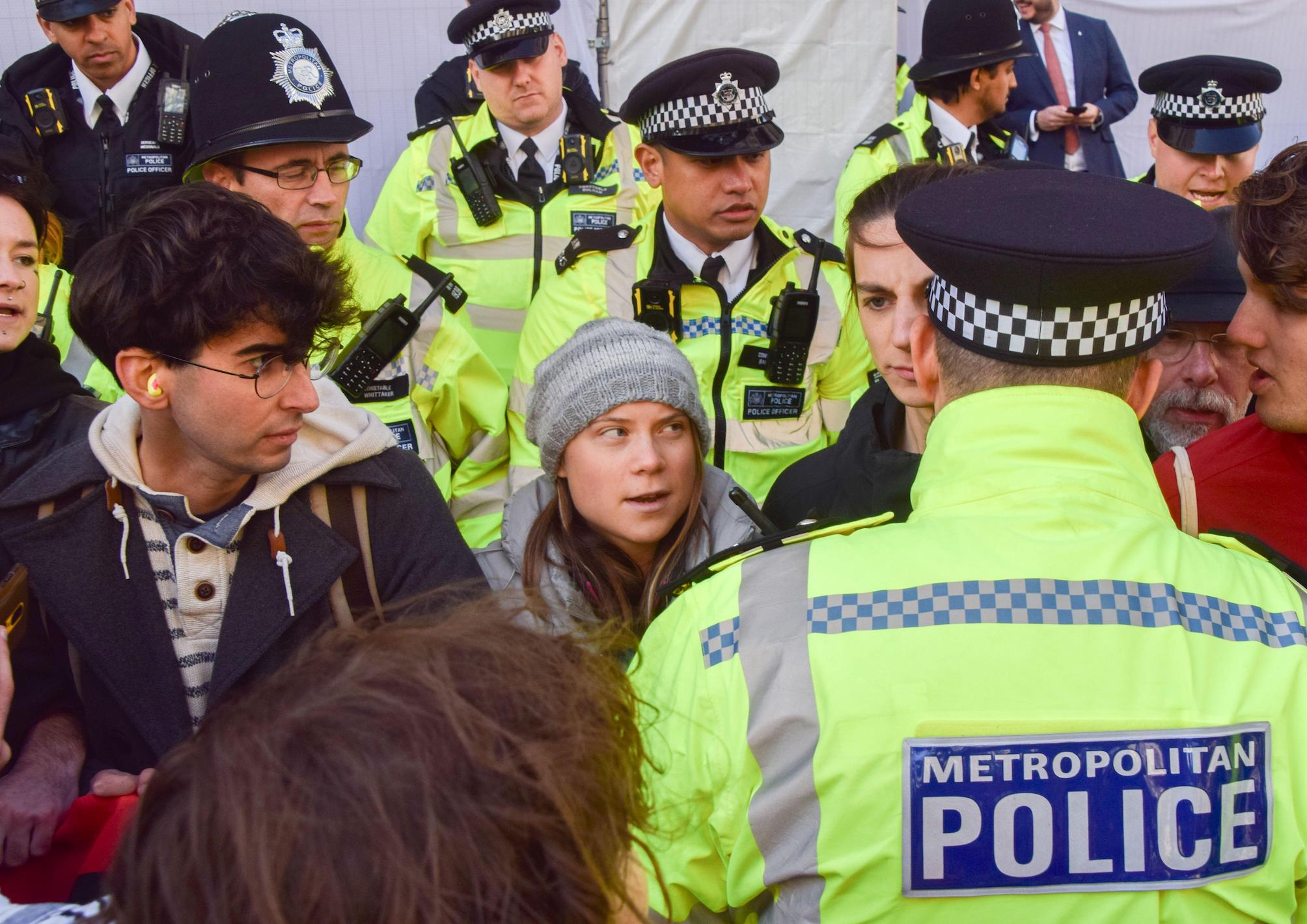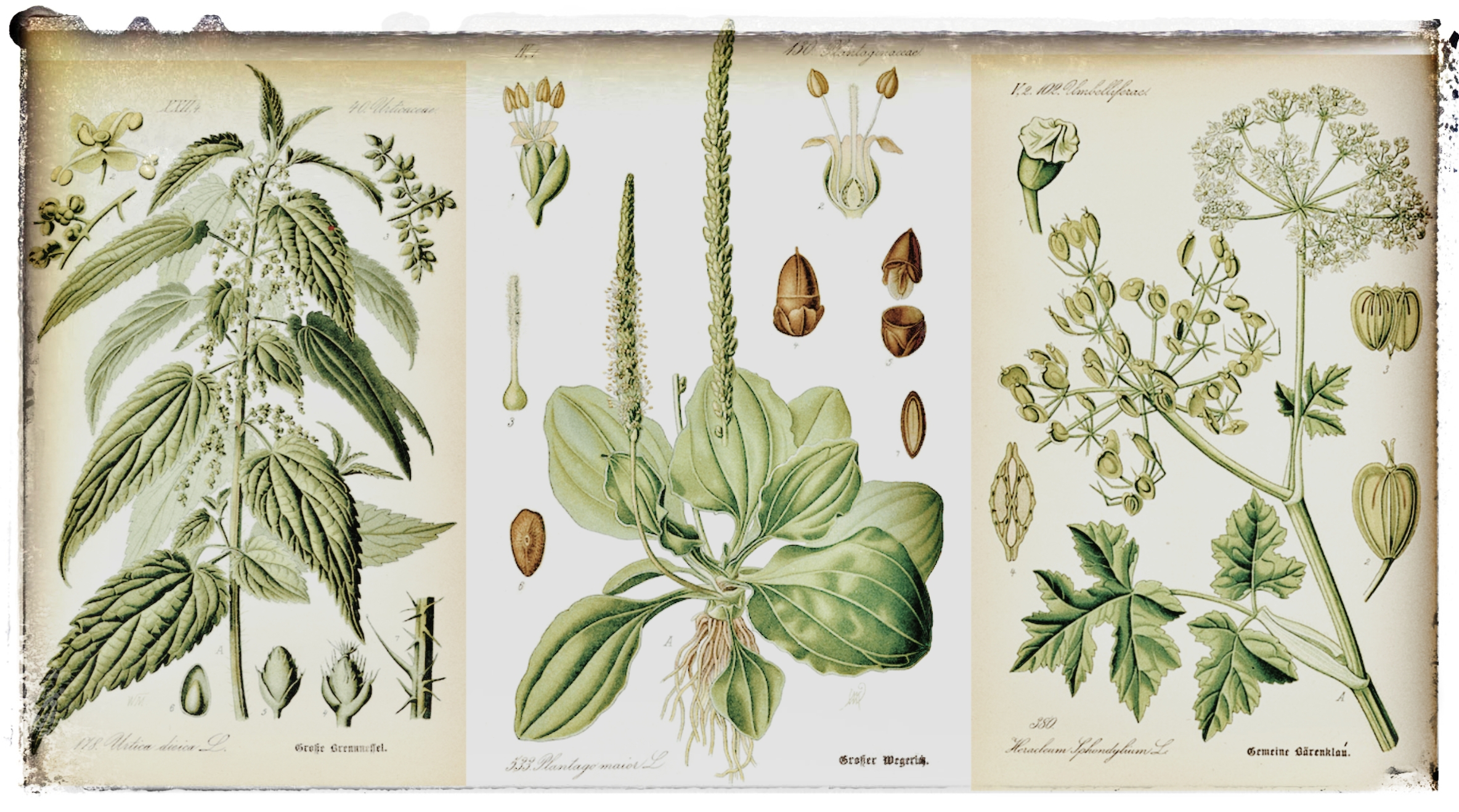Peter was sent to school in Denmark, then moved to Nunavut in the Canadian Arctic as an adult where she again felt the effects of colonisation, this time by Canada. She feels there’s a lack of education in countries responsible for colonisation – a conversation that has been playing out in the public sphere in the UK, too. Efforts to decolonise education include the addition of material on the British Empire into the curriculum and a better understanding of the racist and imperialist notions underpinning colonisation. (The Conservative Party hasn’t been supportive of these plans, though, with the former schools minister saying it was unnecessary.)
"Opening up Greenland makes it more accessible, it draws it closer to the global economy. But on the other side, it’s feeding socio-ecological challenges at a very fast pace."
“When Lin met me seven years ago in Copenhagen, and when I told her my story, she was totally flabbergasted,” Peter remembers. “A young Danish woman who went to school in Denmark, had never heard anything about Denmark being a coloniser, forced assimilation, loss of language – the list goes on. The Danes tried very eloquently to try not to admit that they were colonisers and that the Greenlanders didn't get a choice in becoming part of the Danish kingdom.”
Twice Colonized was released at an opportune time, as interest in Greenland as a destination is increasing: according to official statistics, 2022 was the country’s best year ever for tourism, with a 30% increase in visitors from overseas. The UK in particular seems to be Greenland-mad, with a 101% increase in visitors from Great Britain. It appears that Peter’s wish for Inuit, at least in Greenland, to be part of the modern, global world is coming true.
A double-edged sword
“There have been a lot of activities happening around marketing Greenland, around developing destinations and products and also developing infrastructure,” says Professor Carina Ren, an expert in Arctic tourism at Denmark’s Aalborg University. As the notion of Greenlandic independence becomes a realistic prospect, various Greenlandic industries are looking to grow, with the prime minister himself citing tourism as a growth opportunity.
“On the plus-side, opening up Greenland makes it more accessible, it draws it closer to the global economy and provides new opportunities for people in Greenland. But on the other side, it’s feeding socio-ecological challenges at a very fast pace. The Arctic is warming four times faster than everywhere else. Why would you go to Greenland when actually, when you go there you accelerate climate changes? That's a question I get a lot.” The melting sea ice in Greenland was a grave concern to locals, a 2019 survey found, especially those still living a subsistence lifestyle. Sea ice was more dangerous to travel across, they said, affecting their hunts. Conversely, melting ice is also exposing valuable minerals, with mining companies eyeing up Greenland’s emerging land in what could be a boon for the economy, but not the natural environment.
Chatting with tour guide Laura on a boat out to Qoornoq, a former fishing village in the Nuuk Fjord that’s now a summer destination for residents of Greenland’s capital, Nuuk, it seems the modernisation in Greenland is a double-edged sword. While some young people are attracted by the opportunities on offer in the city, others from more remote areas feel left behind, she says. With a lack of infrastructure in the smaller villages, some feel compelled to move to Nuuk for alternative employment but struggle to adjust to a more modern way of life. Nuuk now holds 20,000 residents - over a third of the country’s population. The rest of the population lives mainly in other towns like Ilulissat, Qaqortoq and Sisimiut, where populations range from 6000-10,000. The people living outside municipalities have declined from over 500 in the Eighties, to just 63 in 2023.
“The way that Europeans in big cities and New Yorkers live, you don't see the sunrise, you don't see the sunset, you don't see where your food comes from,” says Peter. “It's like we are all living like rats or mice in a big laboratory.”
Certainly, the tranquillity found in Greenland Western European towns and cities. Just 150 miles from the Arctic Circle, Nuuk is far north enough that the light seems more powerful and golden than it does at European latitudes. Even when the sky is grey, sunlight bathes the buildings and mountaintops in a rich amber glow. at first glance, Nuuk is far from the kind of insatiable metropolises that consume entire countrysides in heavily industrialised nations: along the coastal path around the edge of fo the city, the only sounds are the sea and your own footsteps. But for Inuit who grew up in the remote villages, it can still be too much.
“The leaders thought, ‘it is going to be better for Indigenous people if we run their lives and we make decisions’,” says Peter. “If we all congregate [in larger towns], they can have employees in Greenland for the fishing industry and work in the factories. Then you have a labour force where they have to lead a completely different kind of life. It was a cultural genocide that happened in Greenland, and in the Canadian Arctic.”

